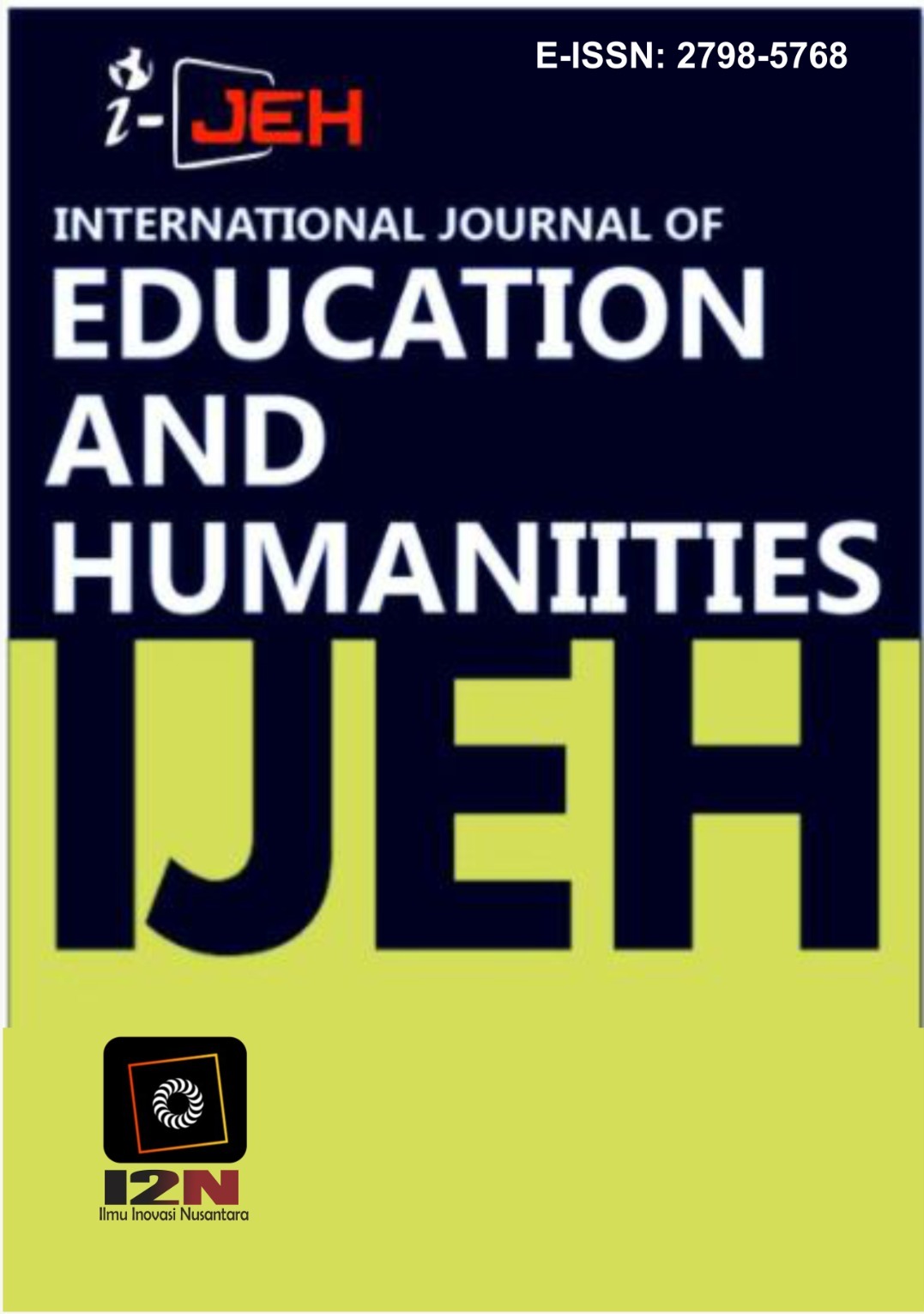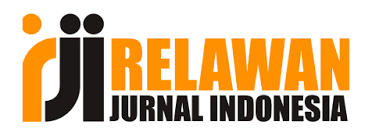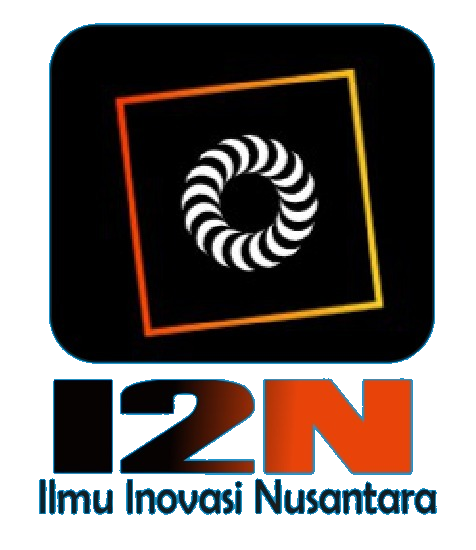CUSUM Learning Curve Analysis in Medical Imaging Education: A Review of Competency Assessment Research Progress
DOI:
https://doi.org/10.58557/(ijeh).v5i4.355Keywords:
CUSUM, Learning curve, Medical imaging education, Simulation training system, Teaching assessmentAbstract
The rapid advancement of medical imaging technology has introduced significant challenges in the field of medical imaging education, particularly concerning the allocation of teaching resources, the evaluation of students' skill acquisition, and the need for innovative teaching methodologies. While simulation-based training and objective assessment tools have become increasingly common in medical education, there remains a notable lack of effective quantitative approaches to monitor and evaluate the development of students' diagnostic imaging competencies, especially in areas such as medical imaging report writing. This study aims to systematically review current developments in medical imaging education and the reform of instructional practices, with a specific emphasis on the application of the Cumulative Sum Control Chart (CUSUM) learning curve analysis in clinical skills training. Using a literature review methodology, this paper synthesizes relevant studies from both domestic and international sources to assess the role and potential of CUSUM in enhancing medical imaging education. The findings reveal that the use of CUSUM in this field is still limited, despite its strong potential as an objective, continuous method to assess student progress and identify learning plateaus or improvements. Furthermore, CUSUM analysis can inform the development of evidence-based, data-driven curricula that respond more effectively to learners' needs. Based on these insights, this study recommends the integration of CUSUM learning curve analysis into the framework of medical imaging education as a strategic approach to improve instructional quality, ensure objective skill assessment, and support the continuous improvement of educational practices in the digital age
References
Alamer, A., & Alharbi, F. (2021). Synchronous distance teaching of radiology clerkship promotes medical students' learning and engagement. Insights Imaging, 12(1), 41. https://doi.org/10.1186/s13244-021-00984-w
Cavill, I. (1971). Quality control in routine haemoglobinometry. J Clin Pathol, 24(8), 701-704. https://doi.org/10.1136/jcp.24.8.701
Chau, M., Arruzza, E., & Johnson, N. (2022). Simulation-based education for medical radiation students: A scoping review. J Med Radiat Sci, 69(3), 367-381. https://doi.org/10.1002/jmrs.572
Chua, D., Syn, N., Koh, Y. X., & Goh, B. K. P. (2021). Learning curves in minimally invasive hepatectomy: systematic review and meta-regression analysis. Br J Surg, 108(4), 351-358. https://doi.org/10.1093/bjs/znaa118
Clevert, D. A., Jung, E. M., Weber, M. A., Lerchbaumer, M. H., Willinek, W., & Fischer, T. (2022). Concepts in the Establishment of Interdisciplinary Ultrasound Centers: The Role of Radiology. Rofo, 194(12), 1322-1332. https://doi.org/10.1055/a-1853-7443 (Konzepte im Aufbau von interdisziplinaren Ultraschallzentren: Die Rolle der Radiologie.)
Dobre, M. C., & Maley, J. (2012). Medical student radiology externs: increasing exposure to radiology, improving education, and influencing career choices. J Am Coll Radiol, 9(7), 506-509 e505. https://doi.org/10.1016/j.jacr.2012.02.018
Duong, M. T., Rauschecker, A. M., Rudie, J. D., Chen, P. H., Cook, T. S., Bryan, R. N., & Mohan, S. (2019). Artificial intelligence for precision education in radiology. Br J Radiol, 92(1103), 20190389. https://doi.org/10.1259/bjr.20190389
Ellis, L. (2019). Artificial intelligence for precision education in radiology - experiences in radiology teaching from a UK foundation doctor. Br J Radiol, 92(1104), 20190779. https://doi.org/10.1259/bjr.20190779
Evans, J. D., Freeman, J. B., Bhandari, M., & Schemitsch, E. H. (2006). Using the CUSUM technique to assess residents’ competence in surgical procedures. Clinical Orthopaedics and Related Research, 447, 257–264. https://doi.org/10.1097/01.blo.0000203453.87046.e7
Gunn, T., Rowntree, P., Starkey, D., & Nissen, L. (2021). The use of virtual reality computed tomography simulation within a medical imaging and a radiation therapy undergraduate programme. J Med Radiat Sci, 68(1), 28-36. https://doi.org/10.1002/jmrs.436
Hu, H. Z., Feng, X. B., Shao, Z. W., Xie, M., Xu, S., Wu, X. H., & Ye, Z. W. (2019). Application and Prospect of Mixed Reality Technology in Medical Field. Curr Med Sci, 39(1), 1-6. https://doi.org/10.1007/s11596-019-1992-8
Jacob, J., Paul, L., Hedges, W., Hutchison, P., Cameron, E., Matthews, D., . . . Driscoll, P. (2016). Undergraduate radiology teaching in a UK medical school: a systematic evaluation of current practice. Clin Radiol, 71(5), 476-483. https://doi.org/10.1016/j.crad.2015.11.021
Jimenez-Rodriguez, R. M., Rubio-Dorado-Manzanares, M., Diaz-Pavon, J. M., Reyes-Diaz, M. L., Vazquez-Monchul, J. M., Garcia-Cabrera, A. M., . . . De la Portilla, F. (2016). Learning curve in robotic rectal cancer surgery: current state of affairs. Int J Colorectal Dis, 31(12), 1807-1815. https://doi.org/10.1007/s00384-016-2660-0
Kirkpatrick, N., & Lockhart, J. S. (2021). Simulation in medical imaging education: A review of the literature. Journal of Medical Imaging and Radiation Sciences, 52(3), 346–352. https://doi.org/10.1016/j.jmir.2021.03.004
Komatsu, M., Sakai, A., Dozen, A., Shozu, K., Yasutomi, S., Machino, H., . . . Hamamoto, R. (2021). Towards Clinical Application of Artificial Intelligence in Ultrasound Imaging. Biomedicines, 9(7). https://doi.org/10.3390/biomedicines9070720
Martin, J. G., Fimbres, D. C. P., Wang, S., Wang, J., Krupinski, E., & Frigini, L. A. (2022). Prevalence of Novel Pedagogical Methods in the Radiology Education of Medical Students. South Med J, 115(12), 874-879. https://doi.org/10.14423/SMJ.0000000000001475
Mezrich, J. L. (2019). Innovative Teaching Methods in Radiology-Building on the Experiences of Other Disciplines. Acad Radiol, 26(1), 116-117. https://doi.org/10.1016/j.acra.2018.10.006
Norris, A., & McCahon, R. (2011). Cumulative sum (CUSUM) assessment and medical education: a square peg in a round hole. Anaesthesia, 66(4), 250-254. https://doi.org/10.1111/j.1365-2044.2011.06692.x
Oertel, M., Schmitz, M., Becker, J. C., Eich, H. T., & Schober, A. (2019). Successful integration of radiation oncology in preclinical medical education : Experiences with an interdisciplinary training project. Strahlenther Onkol, 195(12), 1104-1109. https://doi.org/10.1007/s00066-019-01492-z (Erfolgreiche Integration der Radioonkologie in die praklinische medizinische Ausbildung : Erfahrungen mit einem interdisziplinaren Lehrprojekt.)
Page, M. J., McKenzie, J. E., Bossuyt, P. M., Boutron, I., Hoffmann, T. C., Mulrow, C. D., ... & Moher, D. (2021). The PRISMA 2020 statement: an updated guideline for reporting systematic reviews. BMJ, 372, n71. https://doi.org/10.1136/bmj.n71
Raith, A., Kamp, C., Stoiber, C., Jakl, A., & Wagner, M. (2022). Augmented Reality in Radiology for Education and Training-A Design Study. Healthcare (Basel), 10(4). https://doi.org/10.3390/healthcare10040672
Riddick, J. H., Jr., & Giddings, N. W. (1971). Computerized preparation of average CUSUM charts for clinical chemistry. Clin Biochem, 4(3), 156-161. https://doi.org/10.1016/s0009-9120(71)91269-0
Siddaway, A. P., Wood, A. M., & Hedges, L. V. (2019). How to do a systematic review: A best practice guide for conducting and reporting narrative reviews, meta-analyses, and meta-syntheses. Annual Review of Psychology, 70, 747–770. https://doi.org/10.1146/annurev-psych-010418-102803
Starkie, T., & Drake, E. J. (2013). Assessment of procedural skills training and performance in anesthesia using cumulative sum analysis (cusum). Can J Anaesth, 60(12), 1228-1239. https://doi.org/10.1007/s12630-013-0045-1
Stoehr, F., Muller, L., Brady, A. P., Catalano, C., Mildenberger, P., Mahringer-Kunz, A., . . . Kloeckner, R. (2021). Online teaching in radiology as a pilot model for modernizing medical education: results of an international study in cooperation with the ESR. Insights Imaging, 12(1), 141. https://doi.org/10.1186/s13244-021-01092-5
Vassiliou, M. C., Feldman, L. S., Andrew, C. G., Leffondré, K., Stanbridge, D., Fried, G. M. (2005). A global assessment tool for evaluation of intraoperative laparoscopic skills. American Journal of Surgery, 190(1), 107–113. https://doi.org/10.1016/j.amjsurg.2005.05.003
Visscher, K. L., & Faden, L. (2018). Designing a Comprehensive Undergraduate Medical Education Radiology Curriculum Using the 5C's of Radiology Education Framework. Can Assoc Radiol J, 69(4), 362-366. https://doi.org/10.1016/j.carj.2018.06.005
Woodall, W. H., Rakovich, G., & Steiner, S. H. (2021). An overview and critique of the use of cumulative sum methods with surgical learning curve data. Stat Med, 40(6), 1400-1413. https://doi.org/10.1002/sim.8847
Downloads
Published
How to Cite
Issue
Section
License
Copyright (c) 2025 Dan Wen

This work is licensed under a Creative Commons Attribution-ShareAlike 4.0 International License.














